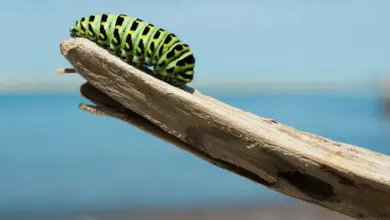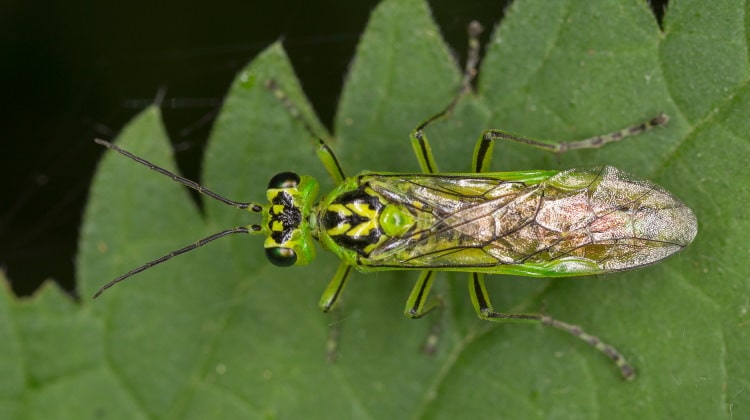The Net-winged beetles are a group of insects that belong to the beetle family Lycidae. There are over 4,000 species of net-winged beetles found worldwide, with the greatest diversity occurring in tropical regions.
These beetles are characterized by their unusually shaped and patterned elytra, or wing covers, which resemble a net-like pattern of veins.
This distinct net-like appearance gives the beetles their common name. Net-winged beetles play important roles as pollinators and prey species in ecosystems around the world.
Want to read about toxic beetles? Read: Toxic beetles of the family Lycidae
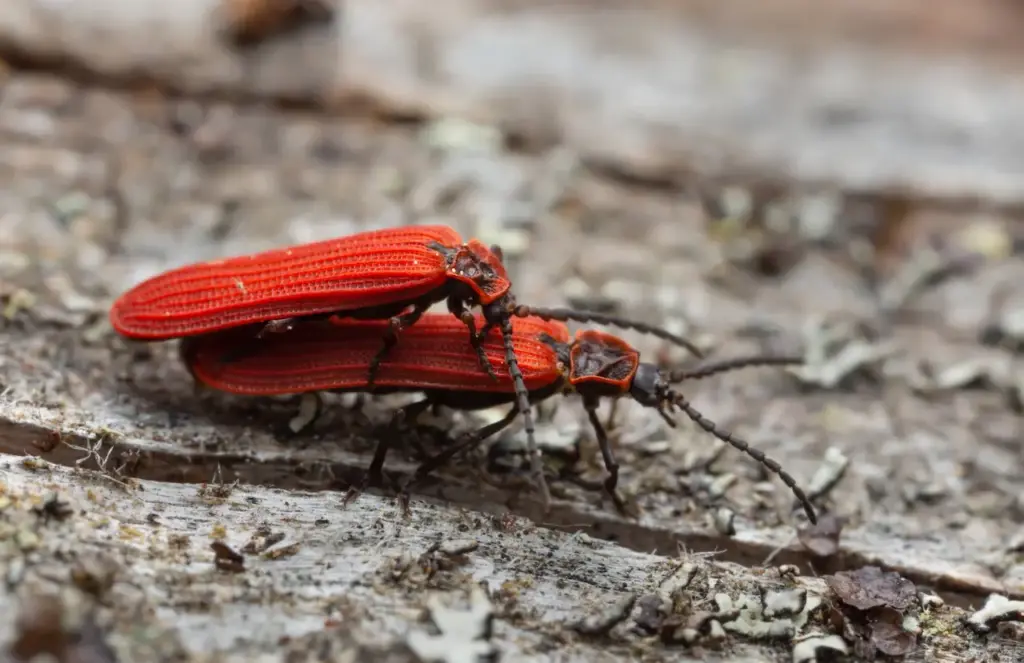
Physical Characteristics
Net-winged beetles range in size from 2 to 35 mm in length as adults. Most species are elongated and cylindrical in shape. The elytra are typically longer than the abdomen and have prominent longitudinal veins that intersect to form a net-like pattern.
The elytra can be various shades of black, brown, orange, red, yellow, or green. In some species, the elytra have bright iridescent or metallic coloring. The net-like venation provides strength and support to the elytra while allowing for flexibility in flight.
The heads of net-winged beetles are transverse and hypognathous, meaning the head is directed downward. The antennae are slender, filiform, and 11-segmented.
Net-winged beetle larvae are grub or wireworm-like in appearance and lack the distinctive elytral venation of the adults. Larvae are typically white or yellowish in color.
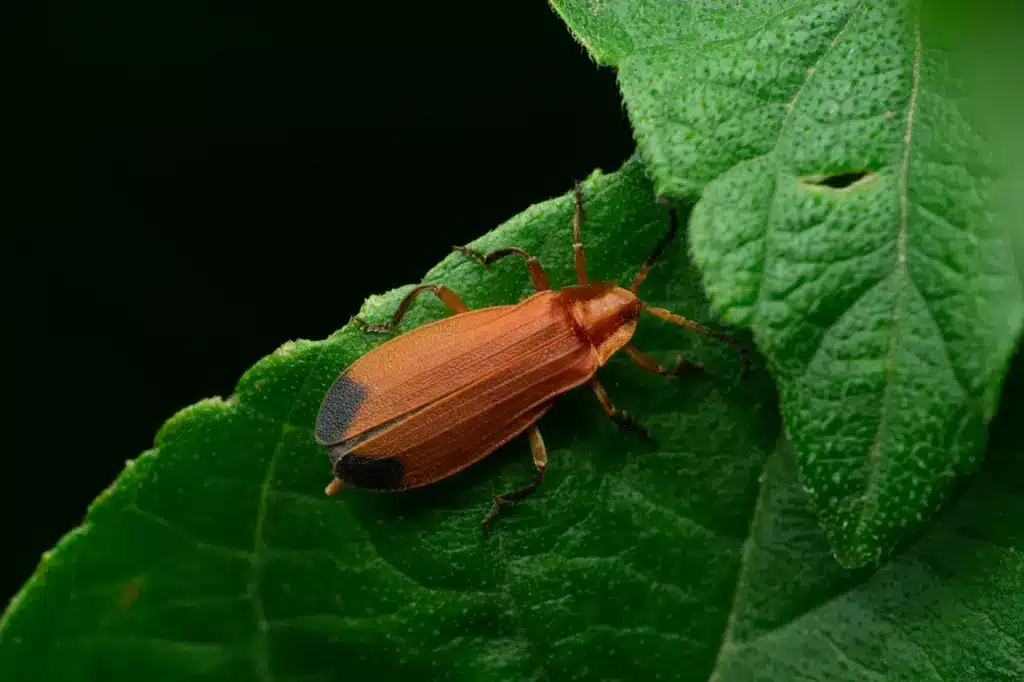
Distribution and Habitat
Net-winged beetles are found on all continents except Antarctica. They occur in a wide range of habitats, including forests, grasslands, agricultural areas, parks, and gardens.
Different net-winged beetle species can be found from deserts to rainforests. Most species inhabit areas with abundant vegetation and prey.
Many net-winged beetles are nocturnal and are attracted to lights at night. During the day, they seek shelter under the bark of trees, within foliage, or in shaded areas out of direct sunlight.
At night, the adults become active and fly in search of mates, food, and sites to lay eggs. Larvae develop within decaying logs, leaf litter, or underground in the soil.
Life Cycle
The life cycle of net-winged beetles consists of four stages: egg, larva, pupa, and adult. Eggs are laid on or just below the surface of decomposing wood, leaf litter, or soil. After hatching, the larvae feed on decaying plant material and prey found within their microhabitat.
Net-winged beetle larvae go through several instars, molting their exoskeleton as they grow. When fully mature, the larvae burrow underground to pupate.
Inside the pupal chamber, the larva undergoes complete metamorphosis as it transforms into the adult form. The pupal stage may last a few weeks to several months, depending on the species.
When metamorphosis is complete, the adult beetle emerges from the pupal case and soil. Reproductive adults live for a few weeks up to several months.
During this time, females lay eggs to start the next generation before dying off. In tropical climates, multiple generations can occur per year.
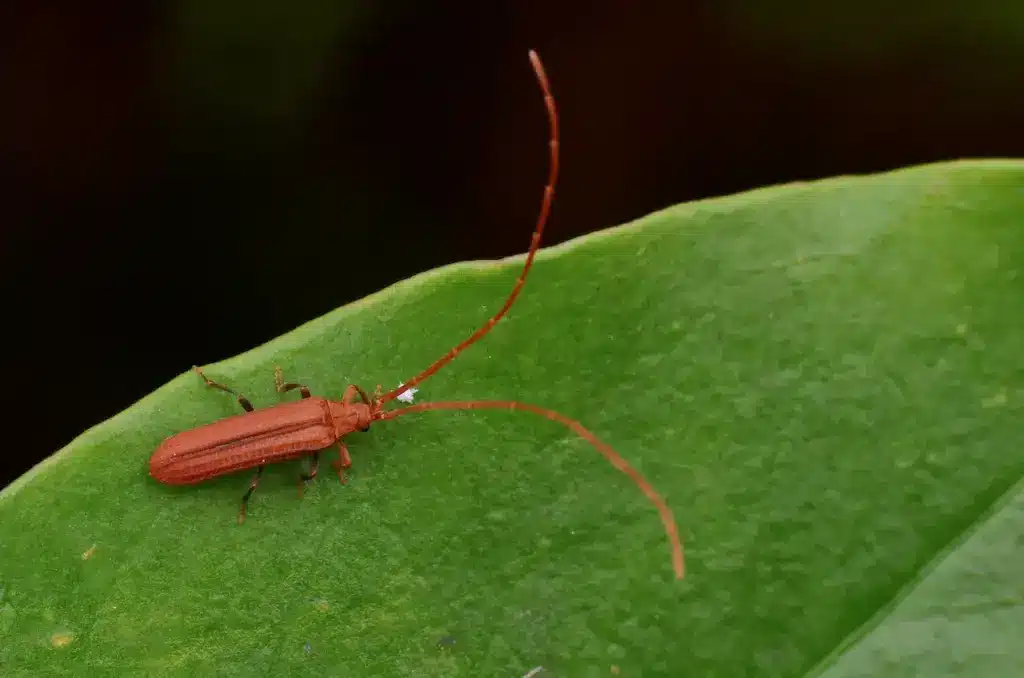
Diet and Foraging
Most net-winged beetle larvae are saprophagous, feeding on decaying plant material and fungal growths. Some larvae prey on eggs, larvae, and pupae of other insects found in decomposing wood and soil.
Adult net-winged beetles consume nectar, pollen, plant fluids, and fungal spores. Some adults are predators and supplement their diet by hunting small arthropods.
At night, the adults take flight and forage for food sources and mates. They locate suitable decaying vegetation and fungus using their sensitive antennae that detect chemical cues.
Some species are drawn to fermenting tree sap or fruits. During the day, net-winged beetles seek shelter and are largely inactive. However, they may continue to feed if there are food sources available in their hiding places.
Defense Mechanisms
Net-winged beetles have several defensive adaptations to avoid predation:
- Cryptic Coloration – Their dark colors and net-like patterns provide camouflage against tree bark and soil.
- Reflex Bleeding – When disturbed, some species reflexively secrete sticky, toxic blood from their leg joints and mouth to deter predators.
- Thanatosis – Net-winged beetles will play dead by folding up their legs and remaining motionless when threatened.
- Chemical Defenses – Foul-smelling or distasteful compounds may be secreted as a defense mechanism.
- Mimicry – Some species mimic the appearance and behaviors of other distasteful or poisonous insects like wasps and beetles.
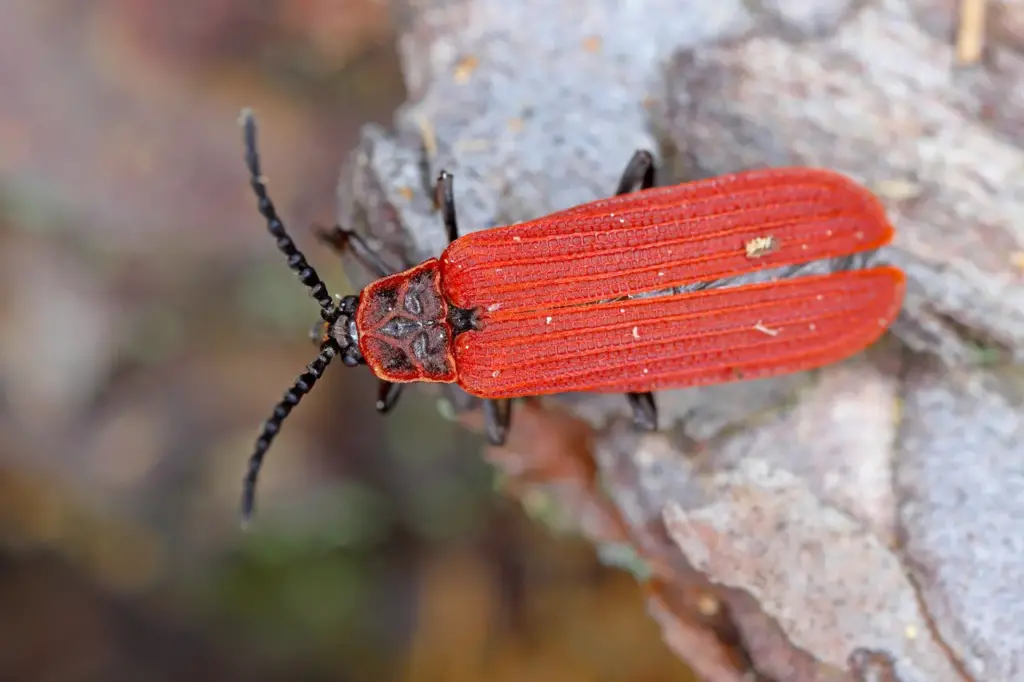
Pollination
Many net-winged beetle species serve as important pollinators for various flowering plant species. They forage for pollen and nectar from a diverse array of flowers, inadvertently transferring pollen between plants as they move from bloom to bloom.
Some net-winged beetles are oligolectic, gathering pollen from flowers of a single plant species or group. Others are polylectic and visit a wide variety of unrelated flowers.
Research suggests net-winged beetles may be essential pollinators for some plant species and ecosystems. In Costa Rica’s tropical rainforests, studies found net-winged beetles were the dominant pollinators for understory herbs.
Their nocturnal pollination activities were crucial for the reproduction of these forest plants. Declines in net-winged beetle populations could negatively impact connected plant species.
Economic Importance
While most net-winged beetles play beneficial ecological roles, a small number of species are considered agricultural and forestry pests.
The red milkweed beetle and seed beetles in the genera Cerophysa and Laurocera sometimes damage crops by consuming foliage, stems, roots, and seeds. The banded net-winged beetle reportedly bores into stored products.
Additionally, the larvae of some net-winged beetles feed on the roots of turfgrass and can become lawn pests. Overall, though, the majority of net-winged beetles are not significant economic pests.
Most are valued for their pollination services and contributions to nutrient cycling through decomposition. Home gardeners generally regard them as harmless and sometimes decorative insects.
Collecting and Studying
Due to their beauty and diversity, net-winged beetles are popular among insect collectors. Specimens are often collected at lights or by examining flower heads.
Care should be taken in handling net-winged beetles since some exude irritating secretions in defense. Preparing and preserving net-winged beetle collections requires specialized entomological tools and skills.
For scientists, net-winged beetles provide opportunities to study insect anatomy, physiology, ecology, and evolution. Researchers can observe their complex wing venation, bioluminescence, mimicry, and unique life histories.
Comparative studies help understand the taxonomy, phylogeny, and biogeography of Lycidae species around the world. Analyzing net-winged beetle biodiversity also provides insights into the overall health of ecosystems.
Threats and Conservation
While net-winged beetles are widespread and adaptable as a group, certain species are threatened by habitat loss, pesticide use, climate change, and introduced species.
Deforestation, urbanization, and conversion of land for agriculture destroy the decaying wood habitats required by larvae. Excessive pesticide application can poison adults and larvae.
Climate change may disrupt the seasonal activity patterns and delicate partner relationships between net-winged beetles and certain flowers or host trees.
Non-native insect competitors may also impact native net-winged beetles. Further research is needed to better understand population declines and implement appropriate conservation measures where necessary.
Protecting natural areas with abundant vegetation and deadwood is key to preserving net-winged beetle diversity.
Conclusion
Net-winged beetles are a fascinating group of insects with over 4,000 known species worldwide. Their unusual net-like elytra provide beauty and structural support while also creating an intriguing look.
Net-winged beetles fill diverse ecological roles as pollinators, decomposers, and prey. While most species are harmless, a few are considered minor agricultural and forestry pests.
Continued research and habitat conservation are important for protecting the diversity of these unique beetles. Their intricate natural histories and varied lifestyles will continue to intrigue beetle enthusiasts and scientists alike.


